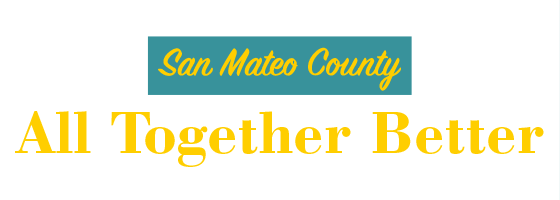Promising Practices
The Promising Practices database informs professionals and community members about documented approaches to improving community health and quality of life.
The ultimate goal is to support the systematic adoption, implementation, and evaluation of successful programs, practices, and policy changes. The database provides carefully reviewed, documented, and ranked practices that range from good ideas to evidence-based practices.
Learn more about the ranking methodology.
Filed under Evidence-Based Practice, Community / Transportation, Adults, Families, Urban
Goal: The goal of Travel Blending® Program is to reduce personal vehicle use.
Impact: The Travel Blending program reduced car trips, car kilometers, and hours spend in the car.
Filed under Evidence-Based Practice, Community / Social Environment, Teens
Goal: The goal of the TFCO program is to decrease problem behavior and to increase developmentally appropriate normative and prosocial behavior in children and adolescents who are in need of out-of-home placement.
Impact: When compared with the control group, TFCO youths spent 60% fewer days in incarceration, had significantly fewer subsequent arrests, and had significantly less hard-drug use.
Filed under Evidence-Based Practice, Community / Public Safety, Racial/Ethnic Minorities
Goal: The goal of tribal motor vehicle injury prevention programs is to reduce disparities in rates of motor vehicle-related injuries and deaths.
Impact: Projects to increase motor vehicle safety on tribal reservations increased seat belt use among drivers, increased use of child safety seats, and decreased motor vehicle crashes.
Filed under Effective Practice, Health / Diabetes, Adults, Urban
Goal: The program's goal is to provide screening, education, and support services for patients at high risk for the development of type 2 diabetes and for those already diagnosed with the disease.
Filed under Effective Practice, Education / School Environment, Children, Urban
Goal: The incomparable resources of these institutions offer a unique "urban advantage" to New York City students, and enhance middle schools' capacity to achieve science education goals. Student investigations at QBG and partner institutions lead to exciting questions that culminate in Exit Projects and give firsthand knowledge of how scientists work in various fields.
Filed under Effective Practice, Art & Recreation / Theater & Movies, Children, Urban
Goal: Urban Improv’s mission is to challenge young people to meet the major issues in their lives head-on. By participating in an innovative, interactive curriculum, students develop the necessary skills of problem solving, cooperation, and leadership.
Filed under Evidence-Based Practice, Health / Children's Health, Urban
Goal: The goal of the Urban Mold and Moisture Program is to reduce environmental mold, moisture, and asthma triggers in homes to improve pediatric respiratory health.
Filed under Evidence-Based Practice, Health / Immunizations & Infectious Diseases
Impact: The Community Preventive Services Task Force (CPSTF) recommends using a combination of community-based interventions to increase vaccination rates in targeted populations.
Interventions may aim to increase community demand, enhance access to vaccination services, or reduce missed opportunities by vaccination providers.
Filed under Evidence-Based Practice, Health / Immunizations & Infectious Diseases
Impact: The Community Preventive Services Task Force (CPSTF) recommends home visits to increase vaccination rates in children and adults. The CPSTF notes, however, that economic evidence shows home visits can be resource-intensive and costly relative to other options.
Filed under Evidence-Based Practice, Health / Immunizations & Infectious Diseases
Impact: The Community Preventive Services Task Force (CPSTF) recommends interventions that reduce client out-of-pocket costs used alone or combined with additional interventions to increase vaccination rates among people of all ages in a range of settings and populations. This includes interventions for individual clinical settings, statewide programs, or national efforts.

